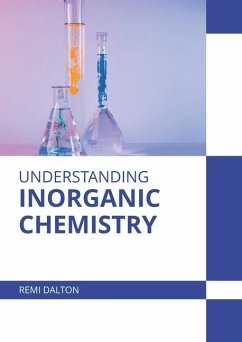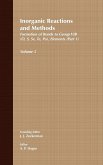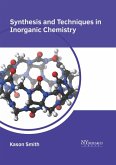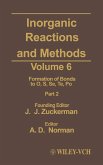The branch of chemistry which is concerned with the synthesis and analysis of inorganic and organometallic compounds is known as inorganic chemistry. The subject is further divided into organometallic chemistry, cluster chemistry and bioinorganic chemistry. The key feature of inorganic compounds is the absence of carbon-hydrogen bond in them. Inorganic compounds are generally classified into cluster compounds, transition metal compounds, coordination compounds and bioinorganic compounds. Some common inorganic compounds are ammonia, chlorine, aluminum sulphate, ammonium nitrate, etc. Some common features of inorganic compounds are high melting point, ease of crystallisation, high specific heat capacity and poor electrical conductivity. Applications of inorganic chemistry are widespread ranging from agriculture, catalysis, medications to fuels and catalysis. The topics included in this book on inorganic chemistry are of utmost significance and bound to provide incredible insights to readers. While understanding the long-term perspectives of the topics, the book makes an effort in highlighting their impact as a modern tool for the growth of the discipline. Those in search of information to further their knowledge will be greatly assisted by this book.
Hinweis: Dieser Artikel kann nur an eine deutsche Lieferadresse ausgeliefert werden.
Hinweis: Dieser Artikel kann nur an eine deutsche Lieferadresse ausgeliefert werden.








